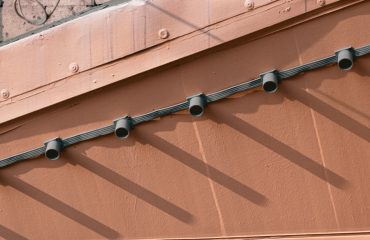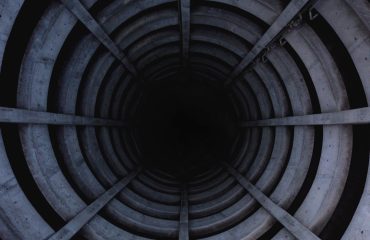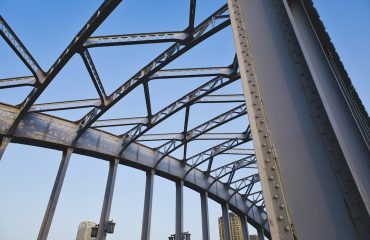Universal Parallel Flange (UPN) profiles, also known as parallel flange channels, are ubiquitous in structural engineering projects. Their versatility and efficiency make them a preferred choice for a wide range of applications. This comprehensive guide delves into the world of UPN profiles, exploring their properties, applications, design considerations, and more.
Understanding UPN Profile Geometry and Properties
UPN profiles are hot-rolled steel sections characterized by their parallel flanges and a single web. This unique geometry provides excellent strength-to-weight ratios, making them ideal for applications where weight minimization is crucial. Key geometrical properties include the overall depth (height), flange width, web thickness, and flange thickness. These dimensions determine the section’s area, moment of inertia (I), section modulus (Z), and radius of gyration (r), all crucial parameters for structural calculations. Accurate determination of these properties, often found in readily available steel section tables or engineering software, is fundamental to proper design. Different steel grades, each with varying yield strengths, further influence the load-bearing capacity of the UPN profile. Understanding the material properties is therefore as crucial as the geometric properties.
Common Applications of UPN Profiles in Construction
The versatility of UPN profiles translates to a wide array of applications across various construction sectors. They are frequently used as:
- Beams and Supports: Their high bending resistance makes them suitable for supporting loads in various structures, from industrial buildings to residential frameworks.
- Columns and Pillars: UPN profiles, especially those with larger sections, can effectively act as compression members, transferring vertical loads to the foundation.
- Bracing and Reinforcement: Used to enhance the stability and stiffness of structures, particularly in situations where lateral loads are significant.
- Railings and Handrails: Their shape and strength make them appropriate for creating robust and visually appealing railings and handrails in various environments.
- Framing and Substructures: In lighter construction, UPN profiles can form the framework for walls, partitions, or other substructures.
The specific application often dictates the required size and grade of the UPN profile, demanding careful consideration of the anticipated loads and environmental conditions.
Design Considerations for UPN Profiles: Loads and Connections
Designing with UPN profiles necessitates a thorough understanding of the loading conditions and the methods of connection. Accurate load calculations, considering dead loads (self-weight of the structure), live loads (occupancy, equipment), and environmental loads (wind, snow, seismic), are paramount. These loads must be analyzed to determine the bending moments, shear forces, and axial forces acting on the profile. Furthermore, the design must account for the connection details. The strength and stiffness of the connections significantly impact the overall structural performance. Common connection methods include welding, bolting, and riveting, each with its own advantages and limitations that must be carefully considered during the design phase. The choice of connection method often depends on the application, accessibility, and cost-effectiveness.
Advantages and Limitations of Using UPN Profiles
Advantages:
- High Strength-to-Weight Ratio: UPN profiles offer excellent strength relative to their weight, reducing material costs and transportation expenses.
- Versatility: Suitable for a wide range of applications and load conditions.
- Ease of Fabrication: Relatively easy to cut, weld, and connect, simplifying construction processes.
- Cost-Effectiveness: Generally more economical than other steel sections for certain applications.
- Availability: Readily available from most steel suppliers.
Limitations:
- Shear Capacity: Compared to other sections, the shear capacity of a UPN profile might be a limiting factor in some applications.
- Buckling: Slender UPN profiles can be susceptible to buckling under compressive loads, requiring careful design and potentially additional bracing.
- Torsional Stiffness: The open section profile can exhibit lower torsional stiffness compared to closed sections.
- Corrosion: Steel profiles are susceptible to corrosion, requiring appropriate surface treatments or protective coatings.
Understanding both the advantages and limitations is crucial for making informed design decisions.
Software and Resources for UPN Profile Design
Modern structural engineering relies heavily on software tools for analysis and design. Numerous software packages, such as Robot Structural Analysis, SAP2000, and ETABS, are capable of analyzing and designing structures incorporating UPN profiles. These programs allow engineers to input the geometry and material properties of the profiles, define loading conditions, and analyze the resulting stresses and deflections. Furthermore, several online resources and steel section databases provide detailed information on UPN profile properties and design aids. These resources are invaluable for ensuring accurate and efficient structural design. Utilizing these tools and resources enhances the accuracy, efficiency, and safety of the design process.
In conclusion, UPN profiles are a valuable and versatile tool in the structural engineer’s toolbox. Understanding their properties, applications, design considerations, and limitations is crucial for designing safe and efficient structures. By leveraging available software and resources, engineers can ensure optimal utilization of these profiles in a wide range of construction projects.




